Tisbe copepods are tiny marine creatures that play a crucial role in reef tank ecosystems. These microscopic crustaceans help maintain healthy aquariums and support marine life. Let's explore how Tisbe copepods contribute to the balance of marine ecosystems and why reef tank enthusiasts like them so much.
Key Takeaways:
- Tisbe copepods are essential for maintaining a healthy reef tank ecosystem.
- They serve as natural cleaners and a vital food source for marine life.
- Optimal conditions include temperatures of 74-85°F and salinity of 1.020-1.025 SG.
- Copepods can be easily introduced to tanks using products like AlgaGenPods Tisbe.
- Regular maintenance and occasional feeding help sustain a thriving copepod population.
Understanding Tisbe Biminensis
Tisbe biminensis is a popular species of copepod used in reef tanks. These small creatures offer several advantages, making them valuable for marine aquariums. Their unique characteristics and behaviors contribute significantly to the overall health and stability of reef ecosystems:
- Size: Less than 1 mm long, allowing them to navigate through tight spaces in the reef structure.
- Habitat: Tropical and subtropical marine environments, perfectly suited for most reef tank setups.
- Diet: Detritus, phytoplankton, and bacteria, helping to maintain water quality and control microbial populations.
- Reproduction: Rapid breeders, with females producing multiple broods, ensuring a sustainable population in the tank.
- Adaptability: Able to thrive in various microhabitats within the reef tank, from sand beds to live rock crevices.
These copepods are excellent at cleaning tanks and providing food for marine life. They're especially good at reaching tight spots that larger creatures can't access, making them invaluable in maintaining the cleanliness and balance of intricate reef structures. Their constant grazing on detritus and microorganisms helps prevent the buildup of organic waste, which can lead to poor water quality if left unchecked.
Benefits of Tisbe Copepods in Reef Tanks
Adding Tisbe copepods to your reef tank can bring many benefits, significantly enhancing the overall health and stability of your marine ecosystem. Let's explore these advantages in more detail:
Benefits of Copepods in Reef Tanks
- Natural tank cleaners
- Food source for fish and corals
- Improve water quality
- Support biodiversity
- Help control algae growth
Tisbe copepods are great at eating waste and leftover food in your tank. This helps keep the water clean and reduces the chance of harmful algae growing. Their constant grazing on detritus and microorganisms helps maintain optimal water conditions by preventing the accumulation of organic matter. They're also a tasty snack for many fish and corals, helping your marine life stay healthy and well-fed. The nutritional value of copepods is particularly high, providing essential fatty acids and proteins that are crucial for the growth and development of various reef inhabitants.
Moreover, Tisbe copepods play a vital role in supporting biodiversity within your reef tank. Their presence creates a more natural and balanced ecosystem, mimicking the complex food webs found in wild reef environments. This biodiversity can lead to more stable and resilient tank conditions, reducing the likelihood of sudden population crashes or water quality issues.
Ideal Conditions for Tisbe Copepods
To help your Tisbe copepods thrive and establish a sustainable population, it's crucial to maintain optimal conditions in your tank. Here's a detailed look at the ideal environment for these beneficial creatures:
Optimal Conditions for Tisbe Copepods
Tisbe copepods do best in warm, salty water. They thrive in temperatures between 74-85°F (23-29°C) and a salinity of 1.020-1.025 specific gravity. These conditions closely mimic their natural habitat in tropical and subtropical marine environments. The pH level should be maintained between 8.0 and 8.4, which is typical for most reef tank setups. Make sure your tank has plenty of places for them to hide and eat, like live rock and sand. These microhabitats are crucial for copepod survival and reproduction.
In addition to these parameters, it's important to consider water flow. While Tisbe copepods can tolerate a range of flow rates, they generally prefer areas with moderate to low water movement. This allows them to navigate and feed more easily without being constantly swept away. Creating zones of varying flow in your tank can help ensure that copepods have suitable areas to thrive while still maintaining proper circulation for other tank inhabitants.
Introducing Tisbe Copepods to Your Tank
When you're ready to add Tisbe copepods to your reef tank, it's crucial to follow a careful acclimation process to ensure their survival and successful integration into your aquarium ecosystem. Here are the steps to follow, along with some additional tips for a smooth introduction:
- Float the sealed package in your tank for 15-20 minutes to match the temperature. This gradual temperature adjustment helps prevent thermal shock to the copepods.
- Slowly add small amounts of tank water to the package over 15-20 minutes. This step helps the copepods adjust to the chemistry of your tank water, including salinity and pH.
- Gently pour the copepods into areas with low water flow, like near live rock or in the sand bed. These protected areas give the copepods a chance to acclimate and find suitable hiding spots.
- Consider turning off pumps and protein skimmers for a few hours after introduction to allow the copepods to settle without being immediately swept into filtration systems.
- If possible, introduce copepods during the evening or when tank lights are dimmed. This can help reduce stress and predation as they acclimate to their new environment.
You can use products like AlgaGenPods Tisbe to easily add copepods to your tank. These come in different sizes to suit various tank volumes, ensuring you can introduce an appropriate number of copepods based on your aquarium's size and inhabitants. When selecting a product, consider the concentration of copepods and choose one that matches your tank's needs.
It's worth noting that you may not see many copepods immediately after introduction. This is normal, as they often seek shelter and may take some time to establish visible populations. Be patient and resist the urge to overfeed or add more copepods too quickly, as this can lead to water quality issues.
Feeding and Maintaining Tisbe Copepods
Tisbe copepods are pretty good at finding their own food in your tank, demonstrating remarkable adaptability in their feeding habits. They are opportunistic feeders that contribute significantly to the tank's natural cleaning process. Here's a more detailed look at their diet and how to maintain a healthy copepod population:
- Algae: Various forms of microalgae that naturally grow in the tank.
- Leftover fish food: Uneaten flakes, pellets, or frozen foods that sink to the substrate.
- Fish waste: Organic matter produced by fish and other tank inhabitants.
- Dead plant matter: Decaying parts of macroalgae or other aquatic plants.
- Biofilm: The thin layer of microorganisms that forms on surfaces in the aquarium.
To keep your copepod population healthy and thriving, you can supplement their diet with additional food sources. This is particularly important in newer tanks or those with heavy predation on copepods. Here are some feeding strategies:
- Phytoplankton: A great choice for supplemental feeding, as it closely mimics the natural diet of copepods in the wild. You can add liquid phytoplankton products designed for reef tanks.
- Specialized copepod foods: Many aquarium stores offer foods specifically formulated for copepods. These often contain a blend of marine algae and other nutritious ingredients.
- Rotifer cultures: Introducing rotifers can provide an additional food source for copepods and help diversify the microfauna in your tank.
- Careful overfeeding: Occasionally allowing a bit more fish food than usual can indirectly benefit copepods, but be cautious not to compromise water quality.
When feeding copepods, it's crucial to strike a balance. While you want to ensure they have enough food to sustain and grow their population, overfeeding can lead to water quality issues. Start with small amounts and observe how quickly the food is consumed. Adjust the feeding frequency and quantity based on the visible copepod population and overall tank health.
Tisbe Copepods and Marine Life
Many reef tank inhabitants love to snack on Tisbe copepods, making these tiny crustaceans an integral part of the marine food web within your aquarium. Their nutritional value and small size make them an ideal food source for a variety of species. Let's explore the relationship between Tisbe copepods and different marine life in more detail:
- Mandarin fish: These colorful dragonets are notoriously picky eaters and often rely heavily on copepods as a primary food source. A healthy copepod population is often essential for successfully keeping mandarins in a reef tank.
- Seahorses: With their unique feeding method, seahorses are well-adapted to catching and consuming copepods. The constant movement of copepods in the water column provides an excellent hunting opportunity for these graceful creatures.
- Wrasses: Many species of wrasses, especially smaller varieties, actively hunt for copepods among live rock and sand. This natural foraging behavior helps keep wrasses healthy and engaged in their environment.
- Small coral polyps: Some coral species can capture and consume copepods, supplementing their diet beyond photosynthesis and dissolved nutrients. This additional food source can contribute to faster growth and more vibrant colors in certain corals.
- Juvenile fish: Copepods are an excellent first food for many species of newly hatched or juvenile fish in the reef tank. Their small size makes them easily digestible for young, developing fish.
- Filter-feeding invertebrates: Animals like feather duster worms and fan worms may capture copepods as they pass by in the water column, adding variety to their diet.
These marine creatures benefit from the nutritious meal that Tisbe copepods provide. The copepods are rich in proteins and fatty acids, which help fish and corals grow and stay healthy. The high nutritional value of copepods includes:
- Essential amino acids necessary for growth and tissue repair.
- Omega-3 fatty acids, particularly EPA and DHA, which are crucial for brain development and overall health in marine animals.
- Vitamins and minerals that may be lacking in prepared foods.
- Natural pigments that can enhance the coloration of fish and corals.
By maintaining a thriving copepod population, you're essentially creating a continuous supply of live, nutritious food for your tank inhabitants. This can lead to more natural feeding behaviors, reduced reliance on prepared foods, and overall healthier and more active marine life in your reef aquarium.
Conclusion: The Value of Tisbe Copepods in Reef Tanks
Tisbe copepods are small but mighty helpers for your reef tank, playing a multifaceted role in maintaining a healthy and balanced ecosystem. They clean up waste, provide food for marine life, and help keep your tank's ecosystem balanced. By adding and maintaining a healthy population of Tisbe copepods, you can create a thriving, natural environment in your reef tank that closely mimics the complex interactions found in wild reef systems.
Remember to provide the right conditions for your copepods and feed them occasionally to keep their population strong. This includes maintaining optimal water parameters, creating suitable microhabitats, and supplementing their diet when necessary. With a little care and attention, these tiny creatures can make a big difference in the health and beauty of your reef tank, contributing to a more stable, diverse, and vibrant aquarium ecosystem.
The presence of a thriving copepod population can also serve as an indicator of overall tank health. If you notice a sudden decline in copepod numbers, it may signal changes in water quality or other environmental factors that need attention. Regular observation of your copepod population can help you stay proactive in maintaining optimal conditions for all your tank inhabitants.
For more information on reef tank care and marine life, check out our blog on copepods and their benefits. This resource provides additional insights into the world of copepods and their role in reef aquariums, offering tips and tricks for successful copepod cultivation and maintenance. Happy reefing, and may your tank thrive with the help of these remarkable little creatures!
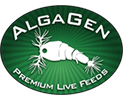
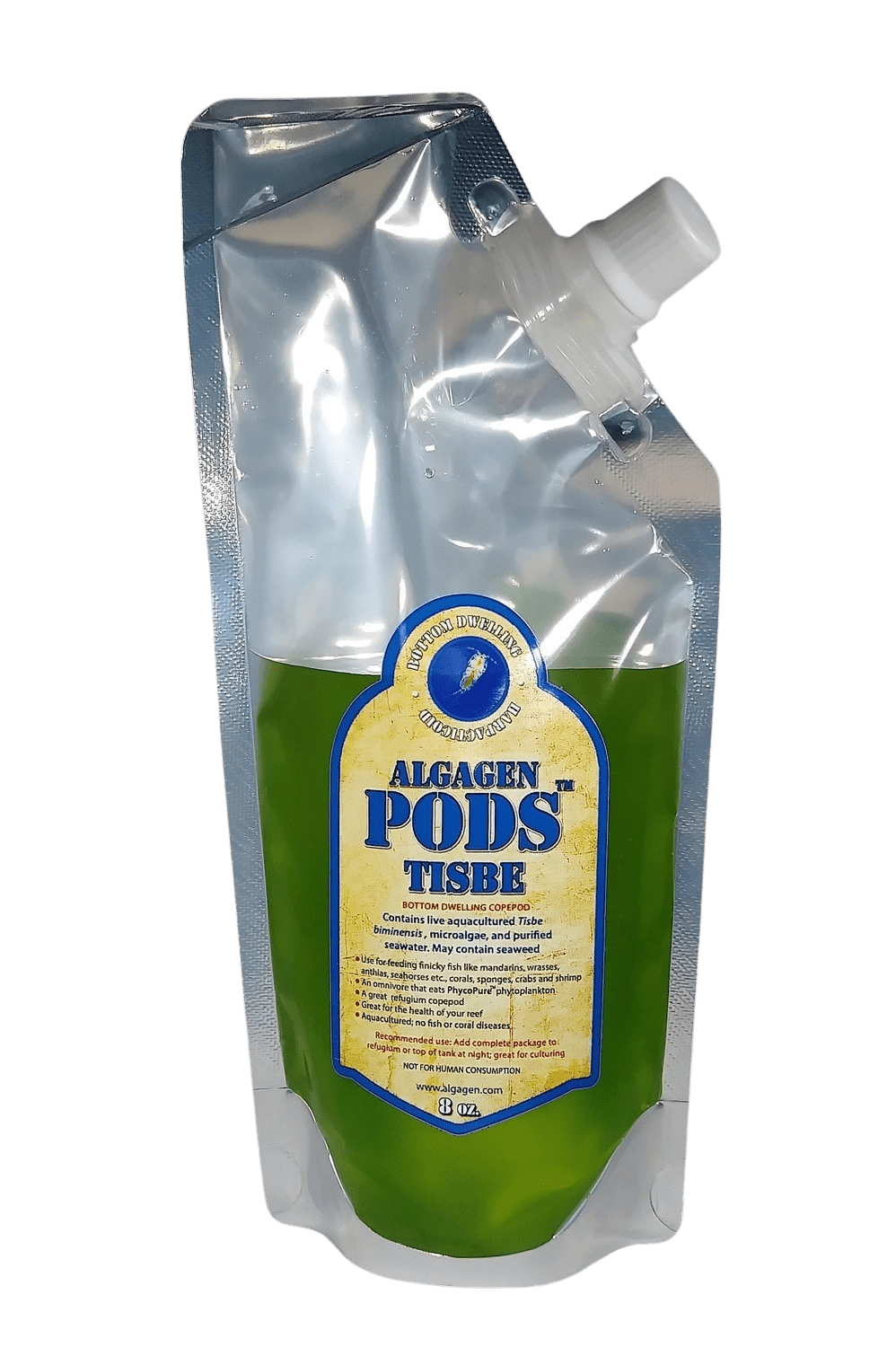
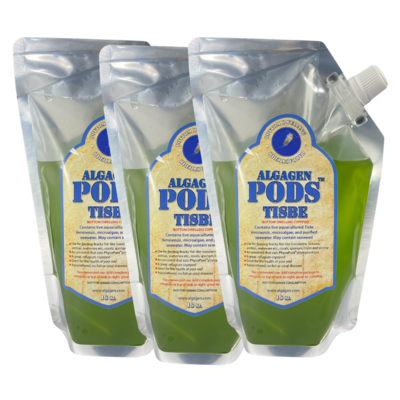
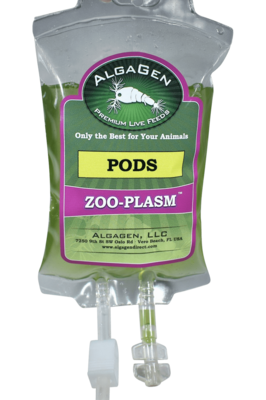
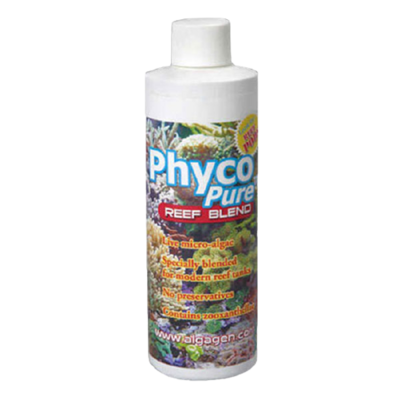
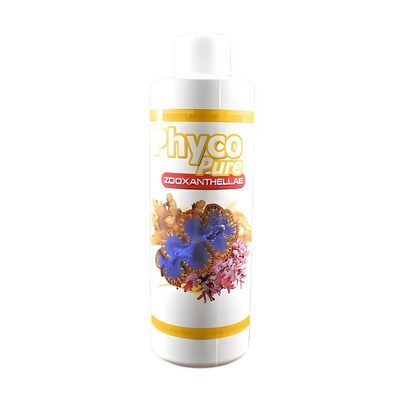
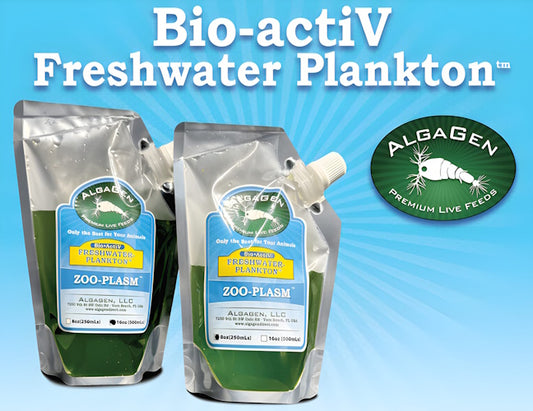
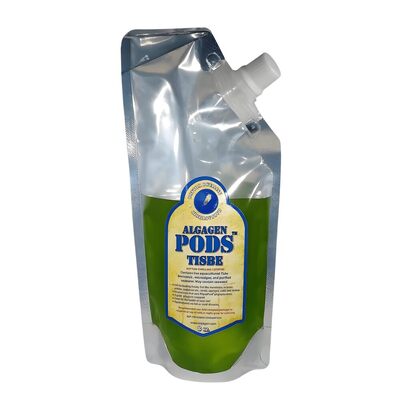
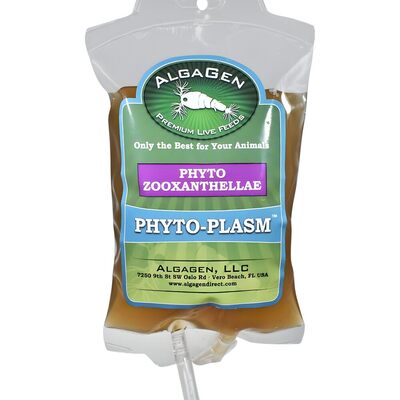
Recent post